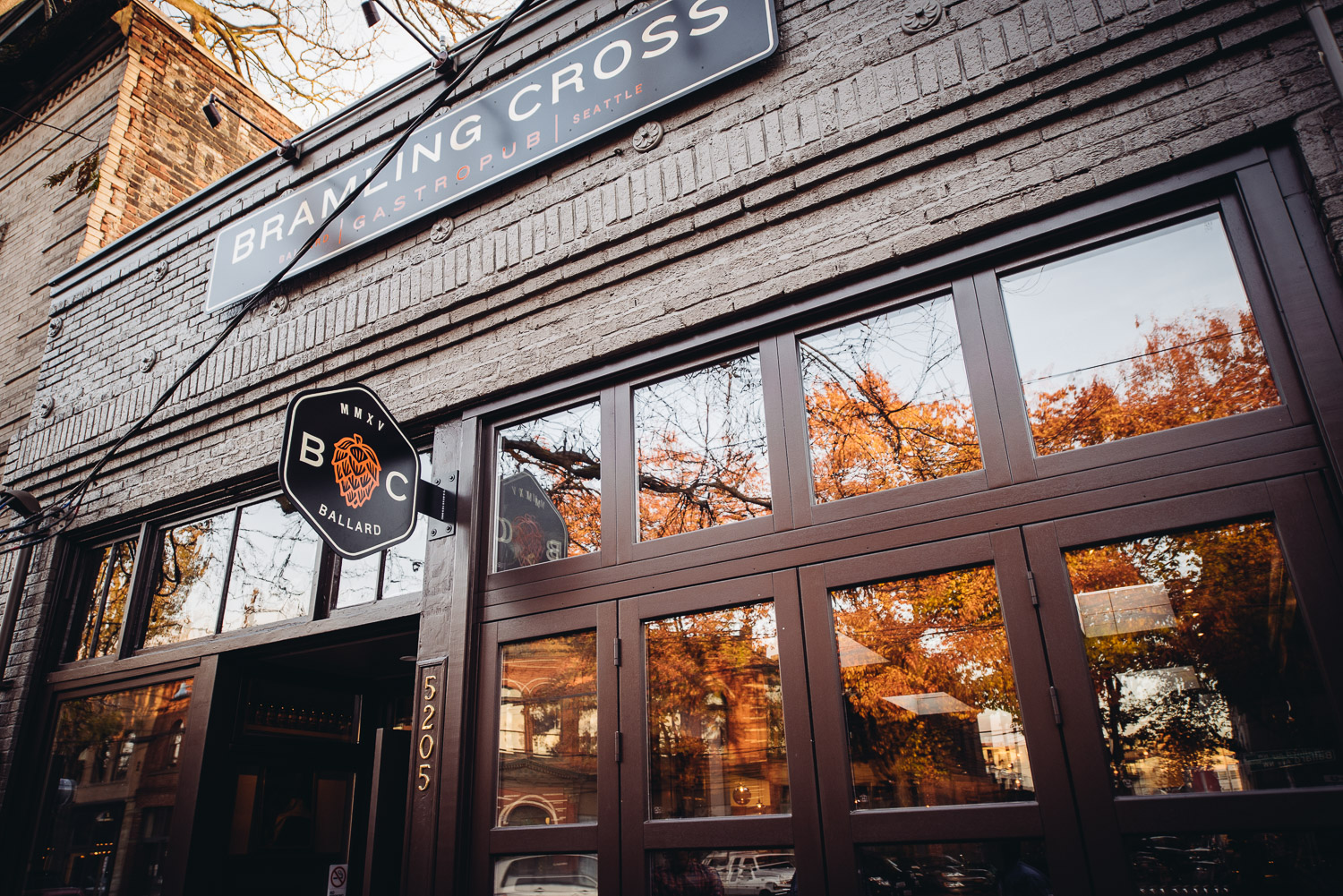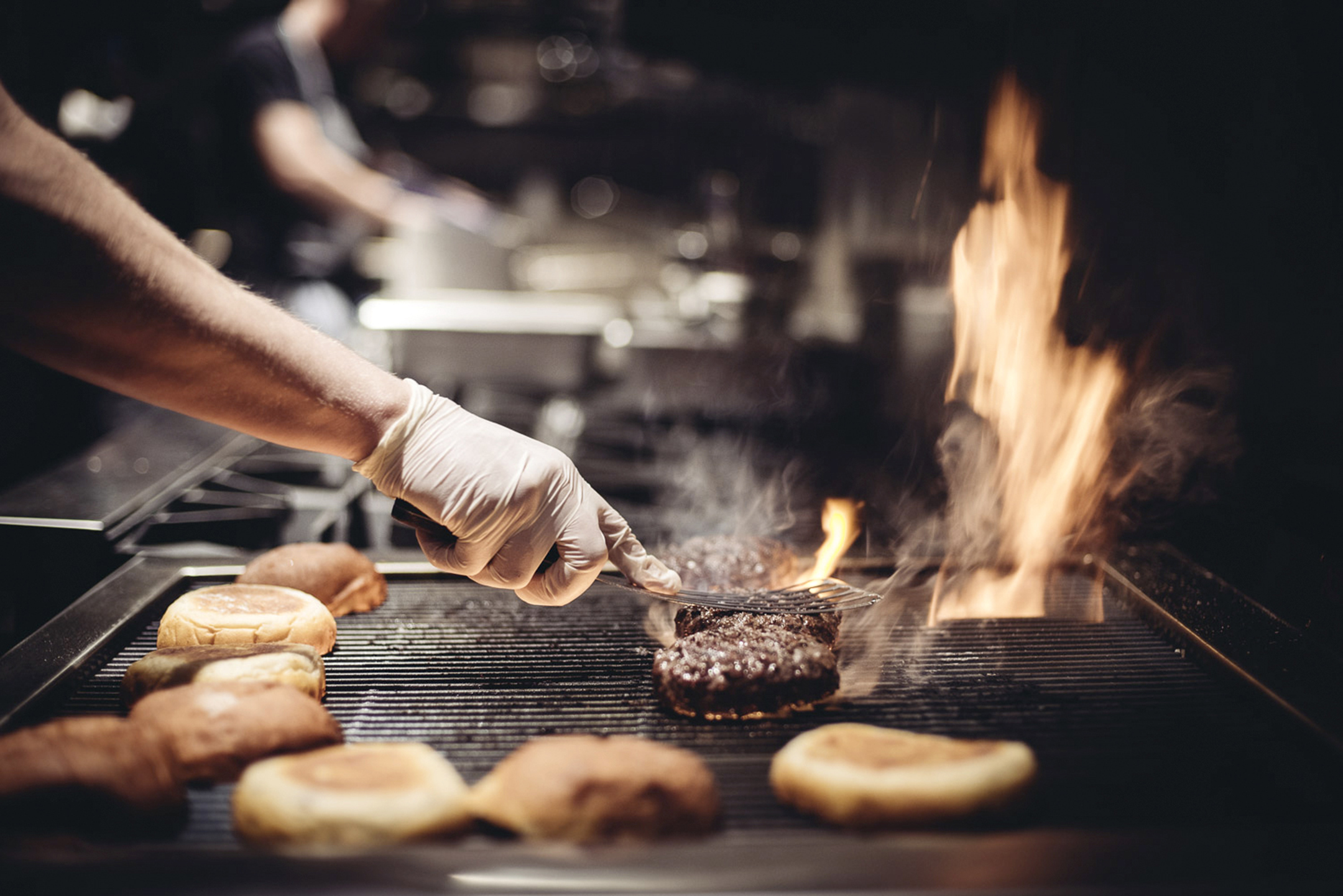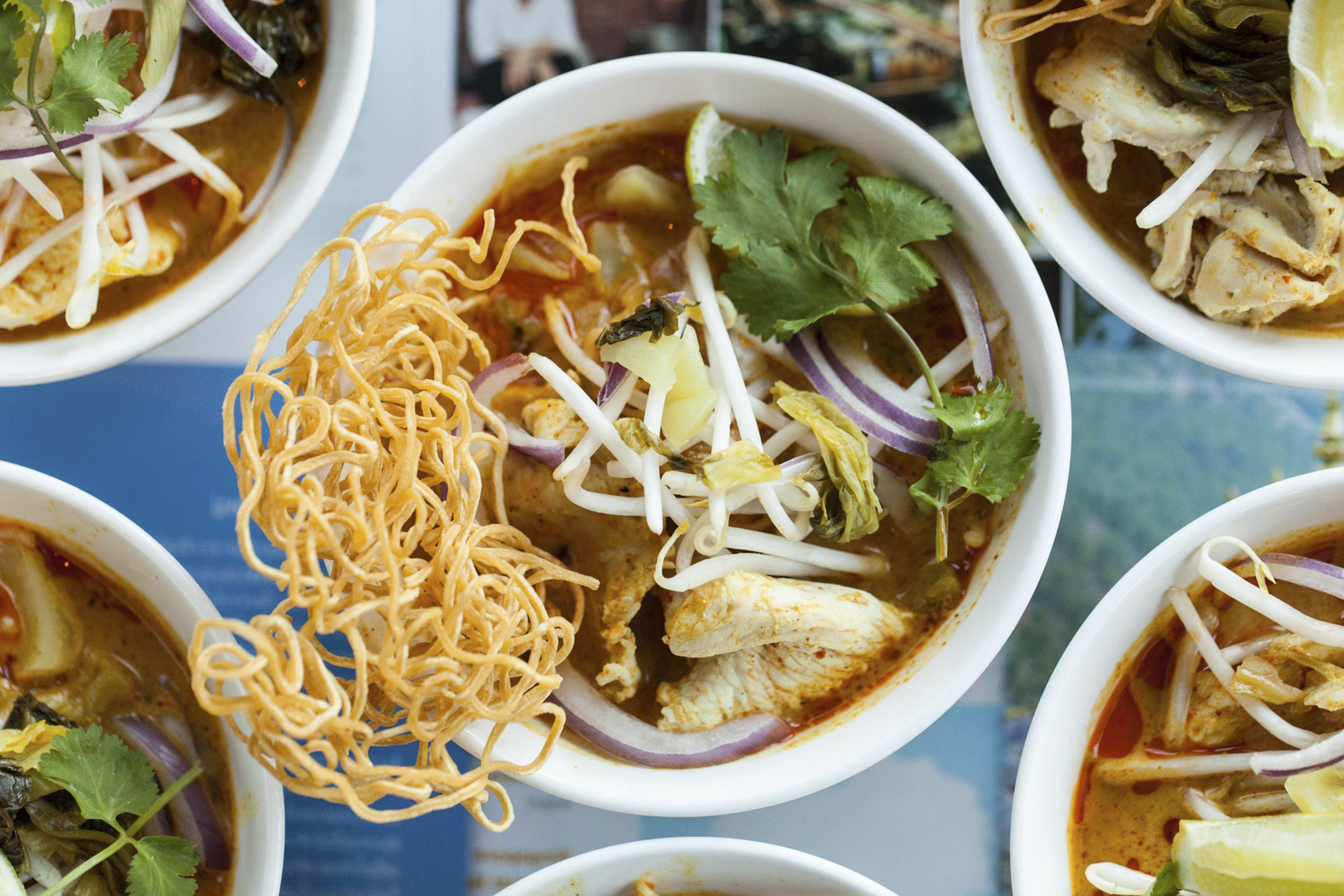Slate’s food and drink editor, L.V. Anderson, recently ran a piece titled “Hey Food Writers, Stop Comparing Food to Women.” In it, she bemoaned what she sees as a tendency for food writers to compare food to women in metaphor. She cites a laundry list of examples and then goes on to talk about how it demeans women. But perhaps more interesting is her implication that food writers use these metaphors as a way to escape an otherwise boring task. “The main reason food writers resort to comparing food to women, I’m convinced, is that food writing is boring. There are only so many times you can describe a food as “rich” or “light” or “creamy” before you want to stab your keyboard with a fork. It’s understandable, then, that food writers turn to metaphors to enliven their copy,” she says.
She certainly has a point here. Anyone who’s written about food – or who reads it – can surely think of many a time when they’ve used or heard a word from the virtual canon of food adjectives: creamy, rich, perfectly-cooked, light, authentic, lovely, simple and so on and so on. I know I’m guilty of it sometimes. But I disagree that it’s a product of food writing’s dullness. It’s a problem any writer faces, no matter what their subject: avoiding cliches and using language in novel ways. It’s what distinguishes a bad novel from a good novel, in part; a magazine article, a blog post.
I agree with Anderson though that the act of eating also lends itself to metaphors about sex, because it, too, is a sensory experience. It’s something we touch, taste, smell. Probably one of the people who understood that connection best was the food writer MFK Fisher who once wrote: “It seems to me that our three basic needs, for food and security and love, are so mixed and mingled and entwined that we cannot straightly think of one without the others. So it happens that when I write of hunger, I am really writing about love and the hunger for it, and warmth and the love of it and the hunger for it… and then the warmth and richness and fine reality of hunger satisfied… and it is all one.”
But Fisher was also someone who, when writing about food, could rise above cliche and truly elevate her words. Take this great line for instance: “Probably one of the most private things in the world is an egg before it is broken.” Or this: “[Breadmaking is] one of those almost hypnotic businesses, like a dance from some ancient ceremony. It leaves you filled with one of the world’s sweetest smells… there is no chiropractic treatment, no Yoga exercise, no hour of meditation in a music-throbbing chapel that will leave you emptier of bad thoughts than this homely ceremony of making bread.” And this: “…after rare beef and wine, when the lobes turn red, was the time to ask favours or tell bad news.”
Julia Child, too, could write about food in a straightforward yet original way, and while still making us yearn for it: “It’s so beautifully arranged on the plate – you know someone’s fingers have been all over it.”
These women – like other great writers of any genre – find their way through words, and bring us those that are honest and respectful of the craft of writing. Does food writing have its unique challenges? Of course. But the argument that they’re borne of an inherent vapidity in describing food couldn’t be more wrong in my opinion. Food is everywhere in our world, and tied to so many aspects of our lives, from the fundamental to the transcendental. With that kind of material, food writers have perhaps, instead, an advantage. An advantage, though, that shouldn’t be squandered. Hopefully, food writers (including myself) will take Anderson’s article as a personal challenge.








